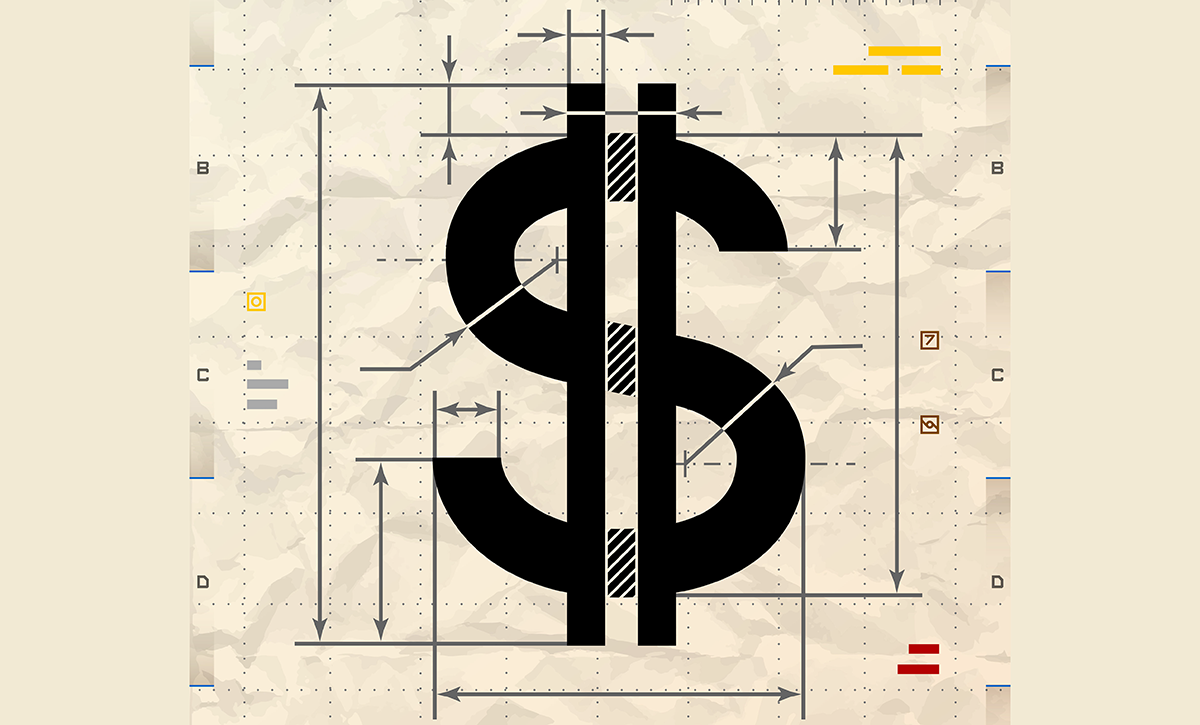 More banks plan to launch mobile banking products for their corporate customers this year, but it still may take time for treasury customers to warm up to the mobile apps.
More banks plan to launch mobile banking products for their corporate customers this year, but it still may take time for treasury customers to warm up to the mobile apps.
A couple of surveys conducted at the Association for Financial Professionals' annual meeting in Las Vegas last October suggest that only a minority of treasury professionals currently use smartphones or tablets to handle banking chores. A Capital One survey showed 32% of finance and treasury professionals attending the AFP meeting used a corporate mobile banking product, while a survey by ACI put the portion of finance workers using mobile banking at 27%.
The low level of use in part reflects a lack of availability. “There have been very few banks offering this to their middle market or corporate customers,” said Christine Barry, research director at technology consulting company Aite Group.
A survey Aite conducted in mid-2013 showed that a third of the 50 biggest U.S. banks offered mobile banking to corporates at that time, although almost all of them planned to have an offering in place by the end of this year.
“We're expecting to see more adoption this year, as banks roll it out, as momentum increases, and as customers grow more comfortable, use it in their personal lives, and then adopt it for business,” Barry said.
“Every bank we're in talking to, mobile has to be included in the conversation,” said Mark Ranta, senior product marketing manager at ACI. “More and more mobile solutions are hitting the market. As it's becoming more widely available, usage is following.”
Jacob Jegher, a research director at Celent, sees a couple of other factors as obstacles to adoption, including companies' concerns about security.
In Capital One's survey last year, 66% of executives cited concerns about the security of corporate data as the main barrier to adoption of mobile banking.
According to Jegher, the security concerns are mostly mistaken. Companies get nervous when thinking about doing a wire transfer for a substantial amount on a mobile phone, but the only thing happening on the phone is an approval, Jegher said. The employee initiating the wire is still sitting at a desktop computer.
Barry said that banks need to help their corporate customers understand the security that's in place for mobile banking, which is usually similar to what's used for online banking. “The security exists; there's just concern anytime a new channel is introduced,” she said.
“The other big challenge relates to the type of mobile device being used,” Jegher said. The most prevalent device used by corporate executives has been the BlackBerry, and its relatively small screen makes apps difficult to develop, and to use, he said.
Jegher expects corporate use of mobile banking to pick up once security concerns subside and companies move away from BlackBerries.
Apps vs. Optimized Websites
Mobile banking can occur either via applications designed for mobile phones and tablets or on websites that are designed to be accessed from mobile devices. The Aite survey shows that 19% of banks offer downloadable apps, 28% offer a website optimized for mobile traffic, and 53% offer both.
Among the most common mobile banking functions are the ability to check balances, approve wires and ACH payments, and transfer funds between accounts.
The Aite data indicate that even when mobile offerings are available, a small proportion of corporate customers take advantage of them: Most of the banks with mobile offerings said fewer than 10% of customers were using them. Barry noted that a separate Aite survey at the end of last year showed much higher use among small businesses, with about a third of companies with less than $20 million in revenue employing mobile apps, though some of them are using consumer apps.
 Cindy Murray, head of global treasury product platforms and echannels at Bank of America Merrill Lynch, said many of the treasury employees who review balances or approve payments don't need to be able to use a smartphone or tablet because they're sitting at their desks with a computer in front of them.
Cindy Murray, head of global treasury product platforms and echannels at Bank of America Merrill Lynch, said many of the treasury employees who review balances or approve payments don't need to be able to use a smartphone or tablet because they're sitting at their desks with a computer in front of them.
And organizations that don't give their employees company-issued mobile devices may be “uncomfortable giving them access to do banking transactions on a personal mobile device,” said Murray, pictured at left.
“Where we see traction is with more senior people,” she said. Treasury executives who travel or frequently attend meetings are using the bank's optimized website via mobile devices to do things like approve payments or take care of administrative functions like resetting passwords and adding or deleting users, Murray said.
Adding Functionality
Aite Group's Barry said that among the newer features offered by mobile banking apps are “the ability to make a pay/no pay decision on positive pay and the ability to initiate repetitive payments—something that was set up online.”
ACI's Ranta said he's seeing interest from banks in functionality that would allow a treasury executive to use a mobile device to initiate a one-time payment to an organization that's already included on a list of possible payees.
Murray said BofA Merrill Lynch's customers are looking for information and the ability to act on that information. Once the bank sends an alert to their mobile device, “they want to then be able to take action,” she said. “They would like to be able to respond through that alert, rather than having to go and log in through the portal.”
She also noted interest among customers in certain industries in remote deposit capture of checks on mobile devices, which BofA doesn't currently offer in its corporate mobile banking. “We see that in insurance, for local agents to be able to capture images of checks they collect, as well as in certain consumer products such as beverages, where drivers are dropping off products and they do collections when dropping off products,” Murray said.
BofA Merrill Lynch estimates that roughly half of those who access the mobile version of its treasury portal, CashPro Mobile, are using phones and about half are on tablets.
“I think you're going to see more and more tablet usage,” Murray said. “The banks' online applications need to be device agnostic so you can take advantage of some of the unique features of smartphones versus tablets versus desktops.”
Complete your profile to continue reading and get FREE access to Treasury & Risk, part of your ALM digital membership.
Your access to unlimited Treasury & Risk content isn’t changing.
Once you are an ALM digital member, you’ll receive:
- Thought leadership on regulatory changes, economic trends, corporate success stories, and tactical solutions for treasurers, CFOs, risk managers, controllers, and other finance professionals
- Informative weekly newsletter featuring news, analysis, real-world case studies, and other critical content
- Educational webcasts, white papers, and ebooks from industry thought leaders
- Critical coverage of the employee benefits and financial advisory markets on our other ALM sites, PropertyCasualty360 and ThinkAdvisor
Already have an account? Sign In Now
*May exclude premium content© 2024 ALM Global, LLC, All Rights Reserved. Request academic re-use from www.copyright.com. All other uses, submit a request to [email protected]. For more information visit Asset & Logo Licensing.





